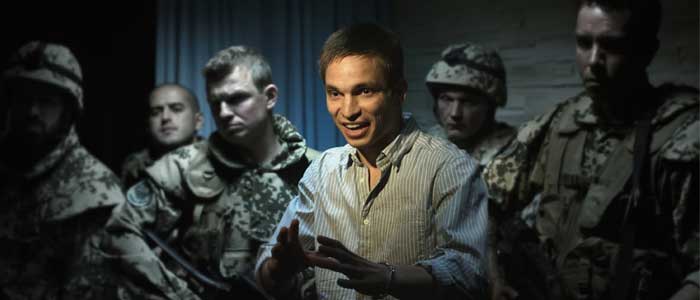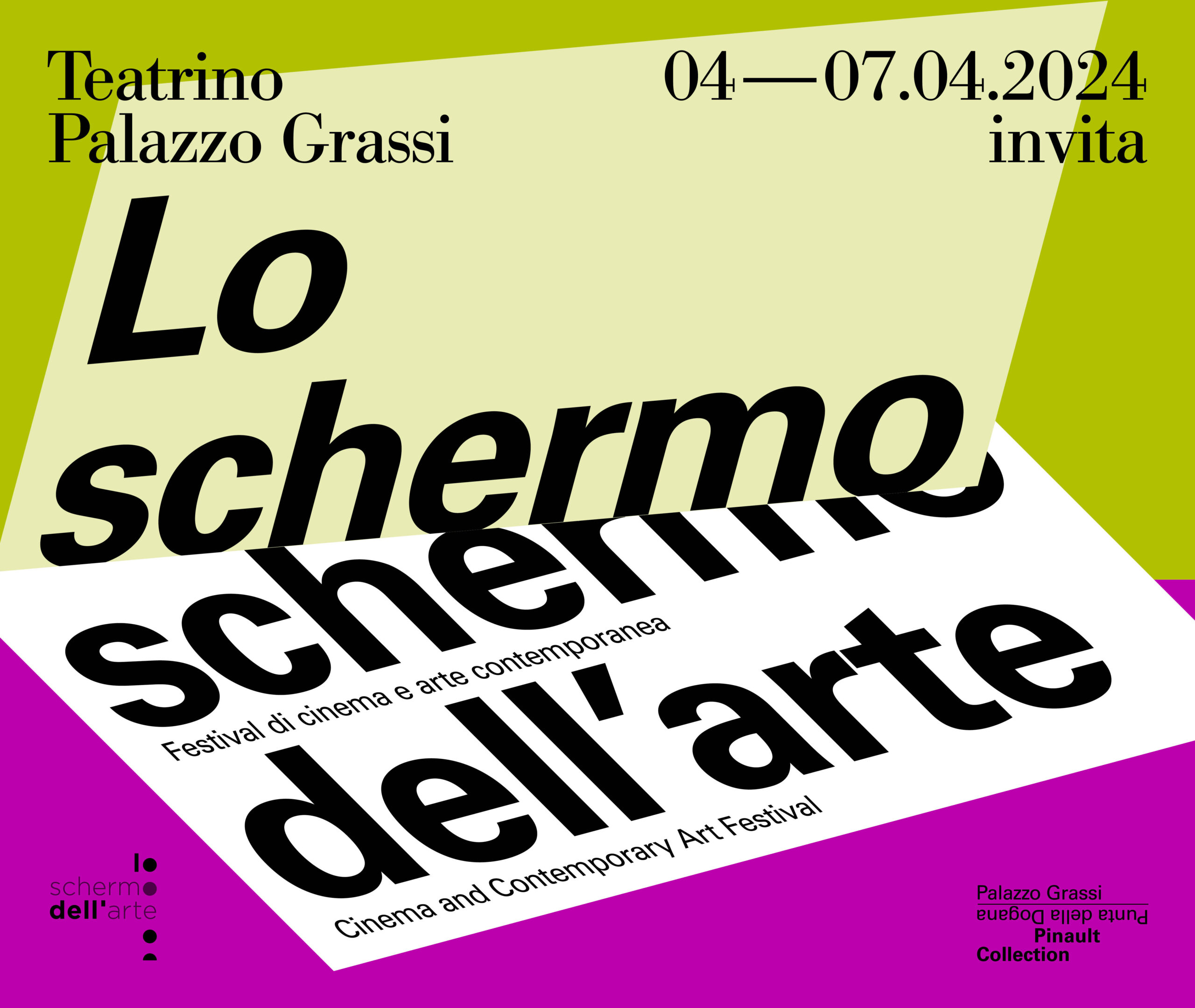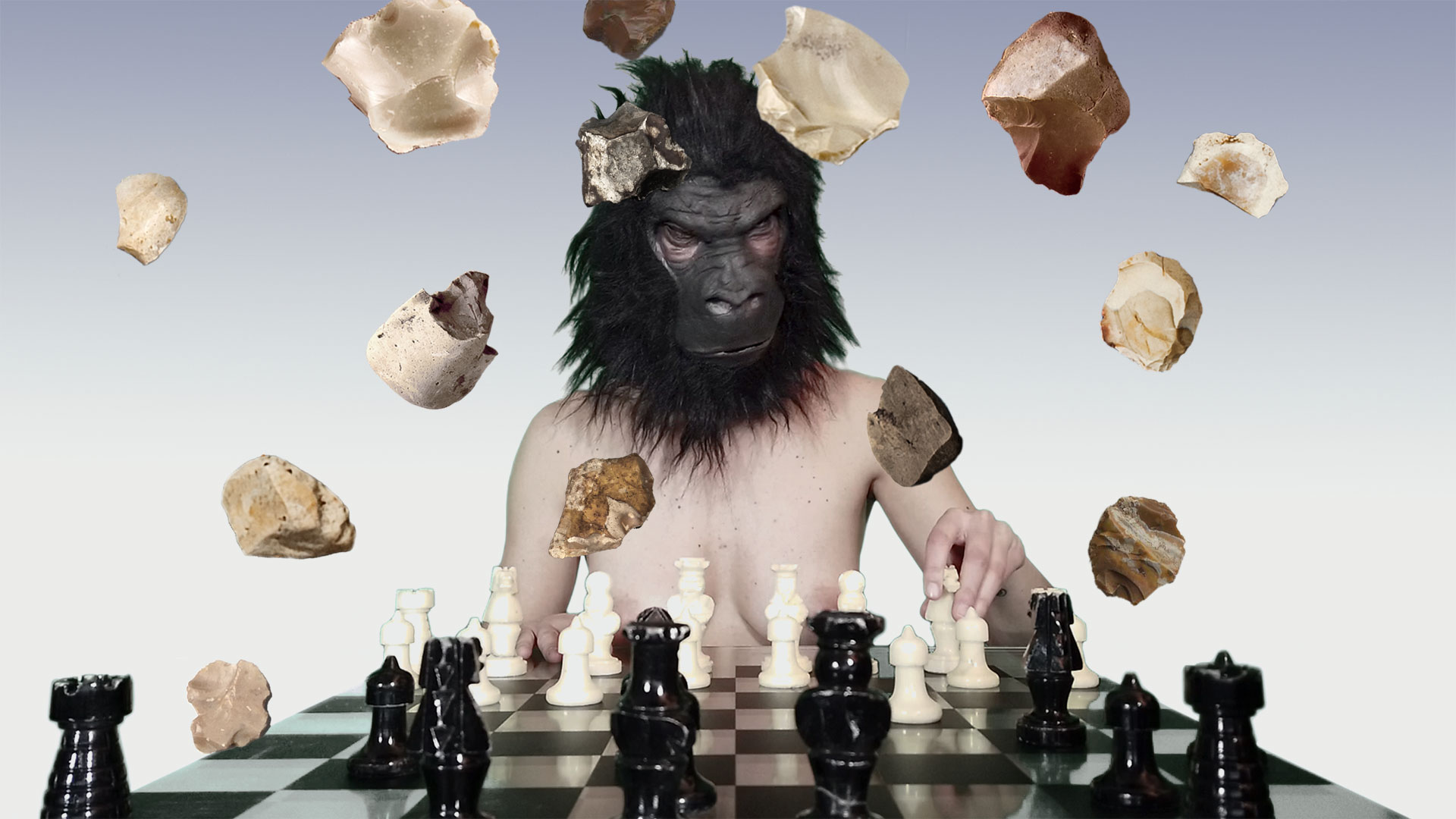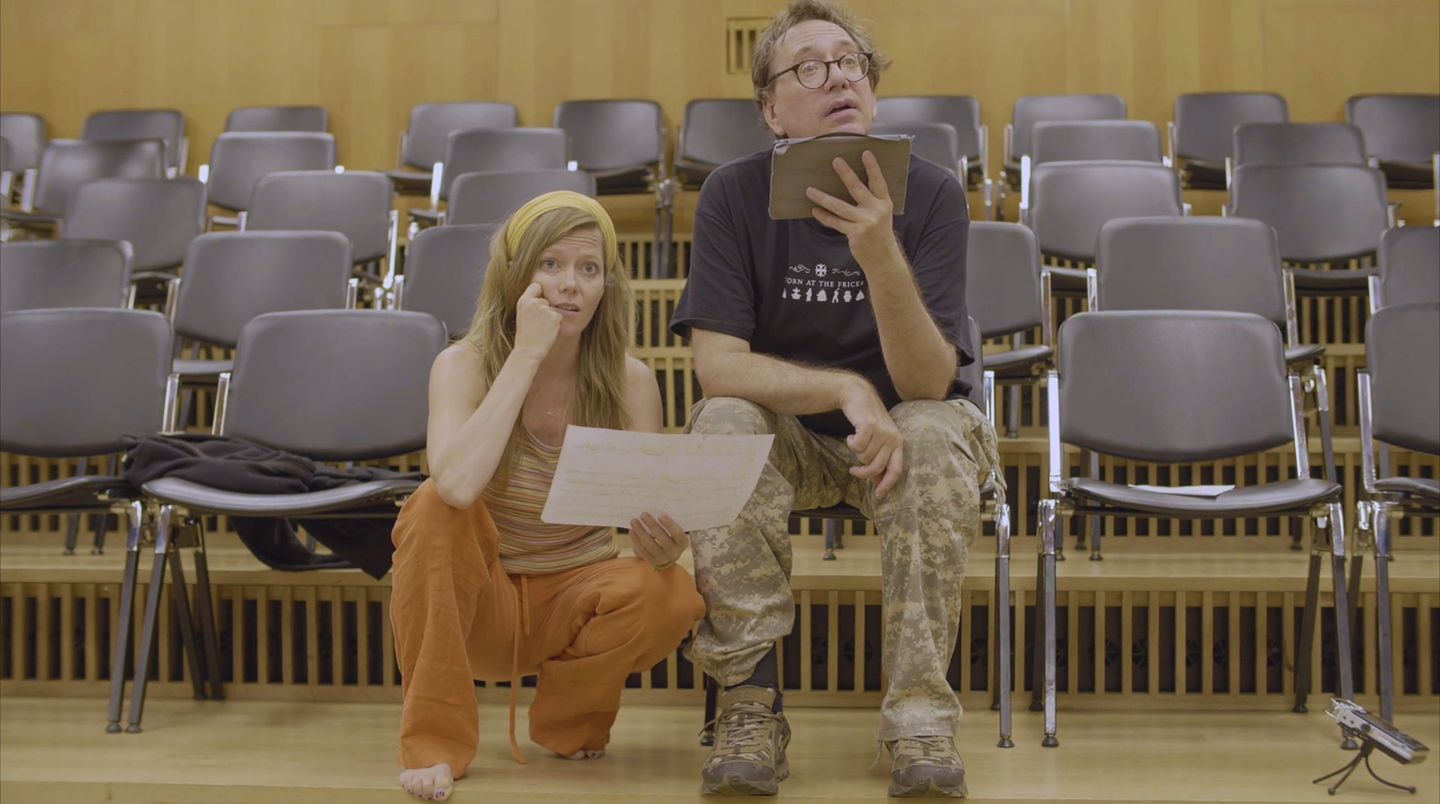[rev_slider slidermymovies]
Lo schermo dell’arte reacts to the gravity of the situation, the general disorientation and the dismissal of cultural manifestations in our country by launching an initiative of free streaming of artists’ films from its archive, thanks to a partnership with MYmovies and to the generous concessions of the artists.
Art is always the result of urgency, an expressive and intimate urgency that can give creative answers in form of art to the solicitations of time. Through the means proper to it, art generates thought and sociality, becoming of collective ownership.
Today, this open and broad dimension is annulled, and replaced by a new kind of collective emergency with potentially devastating social consequences. This is what we want to react to.
If museums, foundations, exhibitions, and theatres are closing, and initiatives are postponed, it is necessary to send a strong signal and bring art into everyday life, so that it can keep nurturing our soul and our sight.
Art can make up solutions that are capable of overcoming difficulties. Called by Lo schermo dell’arte, artists immediately adhered to the initiative, making their films available for free streaming. To them goes our sincere gratitude.
[tabgroup]
[tab title=”FILMS AVAILABLE FOR STREAMING”]
Every film will be available from 9.00 PM of the date of the streaming until April 3rd on MYmovies.it
Continuity
by Omer Fast, Germany 2016, 85′
Realised for dOCUMENTA (13) in 2012, Continuity’s new edit, with an additional 30 minutes of footage, is the story of Daniel, a young German soldier returning home from Afghanistan. His parents welcome him, but the first few hours of refound family unity soon give way to a disquieting disorientation. The camera insists on details and domestic rituals without the usual emotional load, which opens the curtain on a story that covers up the expectations, expanding the content of the film from the drama of a veteran to the existential desert of a typical German middle class family. Fast experiments with the deconstruction of the traditional narrative arc, staging again the repetition of a loop, its peculiar stylistic feature, which deprives the viewer of the usual references, forcing him to give up the idea that there is a goal to achieve in the story. The consequential events and the consequent possibility of prediction of the plot stand in stark contrast to the surreal raids that wind and twist throughout the film. The latter, in fact, draw multiple narrative paths that constitute the backbone of a film that has all the flavor of psychodrama.
Everybody In the Place: An Incomplete History of Britain 1984-1992
by Jeremy Deller, UK 2018, 61′
The myth of acid house as a niche musical genre, the exclusive domain of a small avant-garde of fashionable London DJs, is definitively exploded. With this film, Jeremy Deller explains, in a lesson given to London high school students, the birth and development of a culture and lifestyle that changed the face of Great Britain, and places acid house at the center of the country’s social transformations between the 80s and early 90s. The artist shows how rave culture was born in depressed suburbs of industrial cities, and how much it owes to the working class protest movements that culminated in the 1984 Battle of Orgreave – the subject of a extraordinary performance by Deller – where striking miners clashed with the police, as well as electronic music from gay clubs of Chicago and the discovery of ecstasy drug. Through archival materials, the artist explains the evolution of English nightlife from clubs and discos to illegal raves, when kids began to occupy abandoned factories and warehouses, turning them into enormous dance floors. The first ravers staged a revolution in rhythm, a struggle against the establishment begun by their fathers to protect workers’ rights, carried on in defense of free expression, a dream of a new world in a post-industrial century, dances to tribal rhythms, which aroused outrage among conservatives and triggered violent reactions from the state. Deller introduces us to high school students who hear these stories for the first time, and for whom they’re already ancient history.
Film commissioned and produced by Frieze and Gucci.
The Ashes of Pasolini
by Alfredo Jaar, Italy 2009, 38′
Jaar tells the story of Pasolini’s life and of his tragic death in a documentary film constructed with excerpts shot by Jaar and others shot by Pasolini. Other archival material and interviews is used in which Pasolini denounces the stereotyped homologation, induced by a consumerist society. Today his words appear extraordinarily prophetic in light of the actual social and political situation in our country.
marxism today (prologue)
by Phil Collins, 2010, 35′
Produced for the Berlin Biennial 2010, marxism today (prologue) tells the story of three former Marxist-Leninist philosophy teachers shortly after the fall of the Berlin Wall and German reunification. Accompanied by an evocative soundtrack by Nick Powell and Laetizia Sadier, of the group Stereolab, Phil Collins’ work re-traces a bit of recent history from a double perspective: the individual and the social. A story in which the three protagonists’ interviews are interspersed with archival TV footage that illustrates school-teaching, the spread of pedagogic theories and the performance of ex-East German athletes.
MUM I’M SORRY
by Martina Melilli, Italy 2017, 17′
The project is based on the dialogue between the artist and migrants who survived long and risky journeys to reach Europe, and it’s the result of the collaboration with Dr. Cristina Cattaneo, anatomopathologist and forensic anthropologist.
The artist shows clothes, watches, identification documents and photographs once owned by men and women who died trying to cross the Mediterranean Sea. These simple and common objects speak about their lives, hopes and dreams and become tangible traces of the biggest tragedy of our times.
New Palermo Felicissima
by Jordi Colomer, Italy 2018, 23′
The artist (who represented Spain in the Venice Biennale 2017) returns with a new project, commissioned by Manifesta 12: a boat procession from the Sant’Erasmo cove near Palermo along the island’s southern coast. On board, a microcosm of Palermo residents follows a foreign guide, actress Laura Weissmahr, who recites texts by local writer Roberto Alaimo into a microphone. These are transmitted via headphones from a distant location.
The boat is escorted by a small fleet of other boats in an alternative version of the annual procession of Santa Rosalia to visit “monuments ” that represent controversial aspects of the city’s recent past: restaurant L’approdo da Renato, closed for 30 years, the Zeus showroom, and the football field known as Mondo Jeans for an adjacent clothing store, which rises above one of city’s largest garbage dumps. A tongue-in-cheek visit to parts of the city never mentioned by public authorities and omitted from tour guides.
The project is the result of Colomer’s collaboration with students of the Centro Sperimentale di Cinematografia in Palermo and the fishing communities of Sant ‘Erasmo and La Cala.
Per troppo amore. Incompiuto siciliano
by Alterazioni Video, Italy 2012, 21′
A psychedelic soap-opera set in the Parco Archeologico dell’Incompiuto Siciliano in Giarre. Due to a mechanical failure, an ectoplasmic extraterrestial is forced to make an emergency landing on a Mediterranean island on Planet Earth. A local shepherd looking for his lost flock becomes a UFO witness. In a euphoric panic, he runs into town to alert the local TV station. In the meantime, in the little village of Giarre, life goes on: politics, exercise, sexual adventures and family quarrels. The alien (Marc Augeé) takes the form of a dog so he can inconspicuously inspect the strange planet. In the meantime, the village is getting ready for the official opening of the new archeological park, Incompiuto Siciliano (Sicilian Unfinished). There’s major agitation, it’s on the TV news: word is that part of the park, a column, has disappeared and rematerialized in the Italian Pavillion at the Biennale di Venezia.
Quantum
by Flatform, Italy 2015, 8′
This short film, directed by Flatform, an Italian collective active between Milan and Berlin, frames a typical Italian mountain landscape, shown as a miniature. Starting with a static shot, the work winds between reality and fiction. Real-life footage is subjected to the complex post-production work which characterizes the group’s visual poetics. The scene’s animation consists of luminous strips that stream from reflectors which suddenly light up, isolating and framing different portions of the same scene, as happens in the theater. Further lightplay comes from the windows of the dwellings, which help create a sense of expectation and disorienation in the viewer. The sounds of nature, and of a marching band playing an instrumental version of Puccini’s famous aria Nessun Dorma–with the lyrics in subtitles – become the scenery’s soundtrack.
SEL
by Rebecca Digne, France 2016, 4′
Faithful to the author’s filmic practice, which painstakingly explores primal gestures, Sel expresses the artist’s ambition to actualize a form of creative sharing and exchange of expertise. The film was made in collaboration with the group “Elevator Production”, formed by five of the artists who, together with Digne, participated in the program VISIO 2015. The theoretical sources of inspiration for this video are Bataille’s concept of dépense (spending), and Marcel Mauss’ essay on the gift. Shot on the beach of Le Havre in a single day, coinciding with the dawn and the rising of the tide, the film is the result of a performance in which the actors bring blocks of salt, commonly used in agriculture to prevent sodium deficiency in ruminants, to the shoreline. The tide rises and incorporates the salt that belongs to the sea itself. The performative action is filmed simultaneously by two fixed cameras: a Super 8, the medium often used by the artist to document what is happening, and a high-definition digital camera, that records the entire action, showing the different perspectives from which it’s formed.
Sudan
by Luca Trevisani, Italy 2016, 15′
For years, poachers killed white rhinos for their valuable horns, believed to have aphrodisiac properties. Sudan, the last of his species, was named after his birthplace. He lived in the Dvur Kralove Zoo, in the Czech Republic, for a long time. Due to the cold, he lost his reproductive ability. Now, aged 43, he lives in a nature preserve in Nanyuki, Kenya. Protected by armed guards, he moves slowly in one of the world’s vastest horizons. Trevisani films him in close-up, highlighting his rough skin: a work of plastic art with unusual sculptural appeal. The camera paints blurred portraits of, barely mentions the soldiers who supervise his movements, day and night, focuses instead on his body, outlining the image of a dying artwork moving towards its slow extinction.
The Column
by Adrian Paci, Italy 2013, 26′
A block of marble quarried in China crosses the sea on a cargo ship. On this apparently destination-free journey, the block is transformed into an elegant classical column; the craftsmen are several Chinese artisans, who work decisively and masterfully, excluding any possibility of error; the marble-dust powders their faces, and whitens the ship’s bridge.
The story of this event, which Paci “allowed to happen” on board a factory-ship, becomes an eloquent visual metaphor, which, through art, touches themes such as work and cultural identity and, in the economic context, social and global dynamics.
This is the Albanian artist’s most involved work, as far as production’s concerned, and also his most stratified, and most loaded with symbolic references. In his video, “everything flows”, in fact, around the column as architectural element, which, taking form, represents the dialogue between East and West. Paci enchants with his images of rough beauty: the telecamera captures the crew’s expressions and gestures, when they occasionally muse on the sea’s troubled surface; slides along the sculptures vein-structure, revealing its silhouette before it disappears over the horizon.
The video and the column were presented in the context of the retrospective Vite in transito (Lives in Transit) at the Jeau de Paume. Both continued to travel together until they reached PAC Milano, where they’ll be on display until Jan. 14, 2014.
The Show MAS Go On
by Rä di Martino, Italy 2014, 30’
The Show MAS Go On (a play on words derived from the title of a song by Queen) is the prize-wining director’s ironic take on the strange story of the gigantic Roman department store MAS – an acronym for Magazzini allo Statuto – after hearing of its imminent closing. Founded at the beginning of the century for an affluent clientele, MAS became “The People’s Department Store” in the 1970s. A shopping goal for a diverse swarm of humanity becomes a stage where everyday life, in the presence of regular clients, is enriched by the performances of actors such as Sandra Ceccarelli, Maya Sansa and Filippo Timi. The owner, played by Iaia Forte, takes us through this microcosm; her personal stories interweave with those of the customers and salesclerks. Moments of humor, like an exhilarating revisitation of Lou Reed’s song Perfect Day (played by Filippo Timi), alternate with suspense and surreal atmospheres.
[/tab]
[tab title=”CALENDAR OF STREAMING”]
[accordion open=”1″]
[accordion-item title=”From March 12th to April 3rd”]
[mini-icon icon=”time clock”] from 9.00 PM
Continuity
by Omer Fast, Germany 2016, 85′
The Show MAS Go On
by Rä di Martino, Italy 2014, 30’
[/accordion-item]
[accordion-item title=”From March 14th to April 3rd”]
[mini-icon icon=”time clock”] from 9.00 PM
New Palermo Felicissima
by Jordi Colomer, Italy 2018, 23′
Le Ceneri di Pasolini
by Alfredo Jaar, Italy 2009, 38′
[/accordion-item]
[accordion-item title=”From March 16th to April 3rd”]
[mini-icon icon=”time clock”] from 9.00 PM
marxism today (prologue)
by Phil Collins, 2010, 35′
MUM I’M SORRY
by Martina Melilli, Italy 2017, 17′
[/accordion-item]
[accordion-item title=”From March 18th to April 3rd”]
[mini-icon icon=”time clock”] from 9.00 PM
Sudan
by Luca Trevisani, Italy 2016, 15′
Per troppo amore. Incompiuto siciliano
by Alterazioni Video, Italy 2012, 21′
[/accordion-item]
[accordion-item title=”From March 20th to April 3rd”]
[mini-icon icon=”time clock”] from 9.00 PM
The Column
by Adrian Paci, Italy 2013, 26′
SEL
by Rebecca Digne, France 2016, 4′
[/accordion-item]
[accordion-item title=”From March 22nd to April 3rd”]
[mini-icon icon=”time clock”] from 9.00 PM
Everybody In the Place: An Incomplete History of Britain 1984-1992
by Jeremy Deller, UK 2018, 61′
Quantum
by Flatform, Italy 2015, 8′
[/accordion-item]
[/accordion]
[/tab]
[/tabgroup]




